Read the latest:
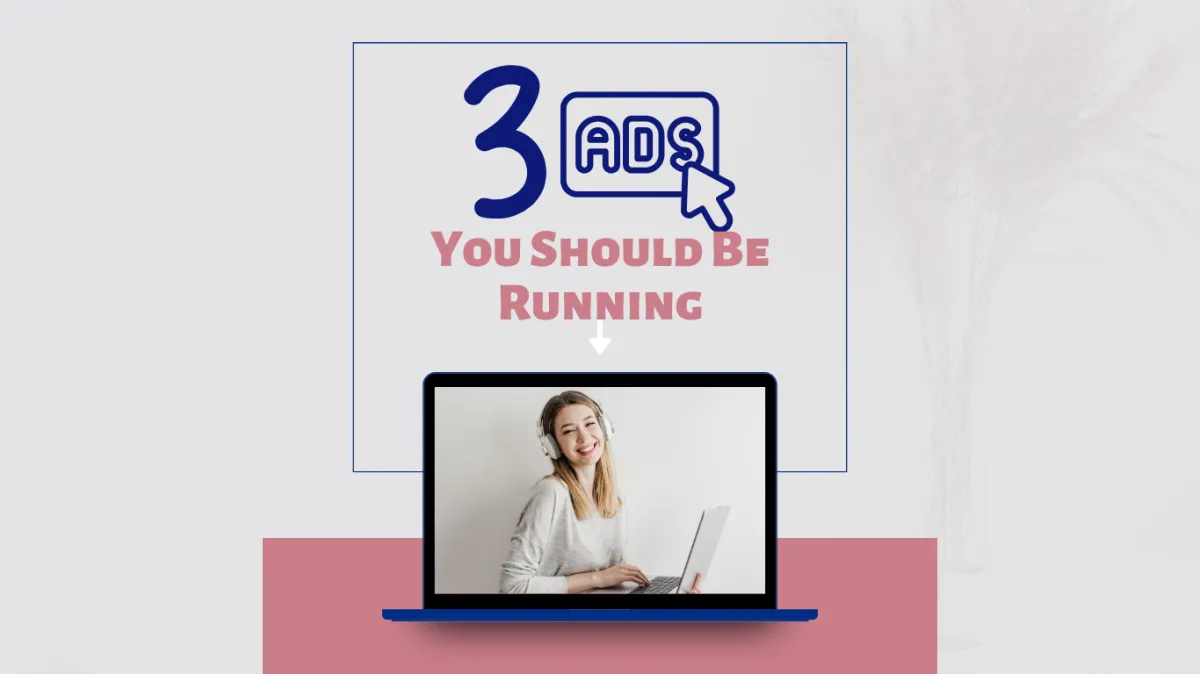
3 Ads You Should Be Running
In today's highly competitive business landscape, it's more crucial than ever to have a comprehensive marketing strategy in place. While organic marketing methods like content marketing and social media can be effective, they often take time to gain traction and don't consistently deliver immediate results. This is where paid advertising comes into play. By using targeted and strategic ad campaigns, businesses can reach new audiences, generate leads, and ultimately convert those leads into paying customers. In this blog post, we'll explore three paid advertising strategies that every business should consider implementing: lead-generation ads, tiny offers, and retargeting campaigns. We'll discuss the benefits of each approach and provide tips on how to get started with each strategy.
1. Lead-generation

Leads are a crucial aspect of any business. Without leads, a business wouldn't have any potential customers to convert into paying customers. One effective way to generate leads is through lead-generation ads.
So, what are leads, and why are they so important? A lead is someone who has shown interest in your business or product. They have provided you with their contact information, such as their name, email, or phone number, and have permitted you to contact them. Leads can come from various sources, such as social media, email marketing campaigns, or word-of-mouth referrals.
Leads are used to help move potential customers through the sales funnel. Once you have a lead's contact information, you can begin to nurture them and build a relationship with them. This can be done through email marketing campaigns, phone calls, or even direct mail. The goal of nurturing leads is to build trust with them and to keep your business top-of-mind so that when they are ready to make a purchase, they will think of your business first.
Leads are the lifeblood of any business. Without them, a business wouldn't have any potential customers to convert into paying customers. Secondly, leads provide valuable data and insights into your target audience. By analyzing the data you collect from your leads, you can better understand what your target audience is interested in, their pain points, and their buying habits. This information can then be used to create more targeted marketing campaigns that are more likely to convert leads into paying customers.
2. Tiny Offers
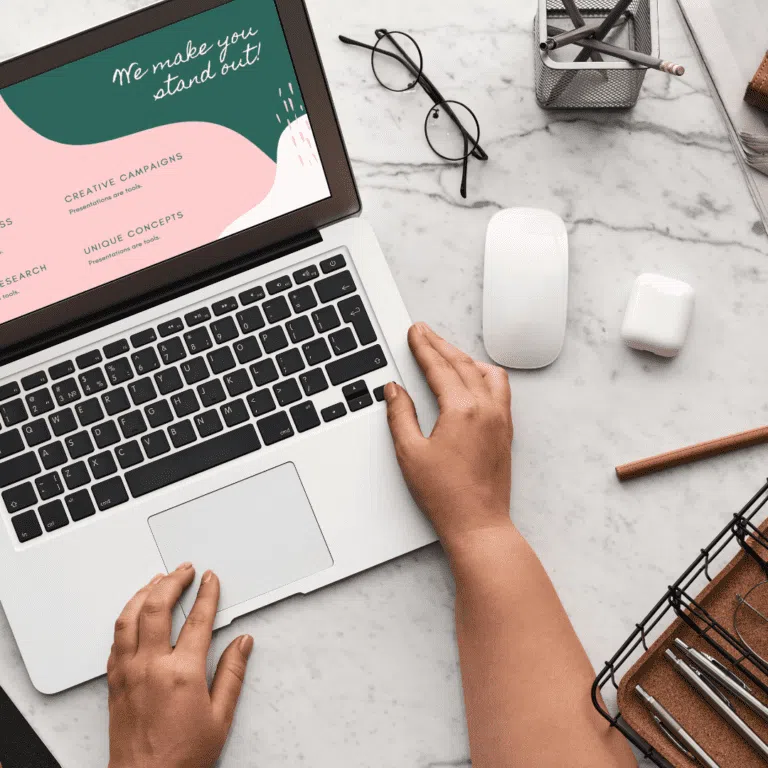
Tiny offers are low-priced or free products or services to potential customers as an entry point into your sales funnel. They can be a highly effective tool for building relationships with your audience, increasing customer engagement and conversions, and ultimately growing your business.
So, what exactly are tiny offers? Essentially, they are a type of lead magnet or opt-in offer that provides a low-risk way for potential customers to engage with your brand and take the first step in their customer journey with you. They can come in various forms, such as e-books, webinars, free trials, samples, or low-priced products or services. For example, a fitness company could offer potential customers a free seven-day gym trial to its gym. The company could then collect data on the potential customer's fitness goals and preferences during the trial period and use that information to tailor its marketing and sales strategies to meet their needs better.
The goal of a tiny offer is to provide value upfront and build trust with your audience so that they are more likely to engage with your brand and ultimately become paying customers. By offering a low-priced or free product or service, you reduce the risk for potential customers and encourage them to take action. This can be particularly effective for businesses with higher-priced products or services. It allows potential customers to build trust and confidence in the brand before making a larger investment.
In addition to building trust and reducing risk, tiny offers can also provide a way to gather valuable information about your potential customers. You can collect data on their interests, preferences, and pain points by offering a free or low-priced product or service. This information can then be used to tailor your marketing and sales strategies to meet their needs and preferences better, ultimately driving more conversions and sales.
So, how do you use tiny offers in your marketing strategy? First, you'll need to identify the value you can offer your potential customers. This could be a free e-book, a low-priced product or service, or a free trial of your main product or service. Once you've identified your tiny offer, you'll need to create a landing page or opt-in form that communicates the offer's value and encourages potential customers to take action.
When promoting your tiny offer, it's crucial to ensure you're reaching the right audience and driving traffic to your landing page or opt-in form through targeted advertising. However, getting visitors to your site is just the first step. To maximize your chances of conversion, you'll need to re-engage potential customers who have already shown interest in your brand; this is where retargeting ads come in.
3. Retargeting Ads

If you've been generating leads but have yet to see many conversions, it's time to consider a retargeting ad campaign. Retargeting ads are a powerful tool for businesses to boost conversions and reclaim potential customers who may have slipped through the cracks.
So what exactly are retargeting ads? In short, they are advertisements that target individuals who have already interacted with your brand but didn't complete a purchase for one reason or another. These ads can be shown to customers who have visited your website, engaged with your social media pages, or interacted with your email marketing campaigns.
Retargeting ads work by showing potential customers a similar-but-different offer than the one they previously passed up on. For example, if your initial offer was too expensive, you could retarget those customers with a medium-ticket offer instead. Or, if they weren't interested in the product you offered, you could retarget them with a different product that better aligns with their needs.
Retargeting ads aim to provide potential customers a second chance to engage with your brand and ultimately purchase. Retargeting individuals who have already shown an interest in your products or services can increase their likelihood of becoming paying customers.
You'll first need to set up tracking pixels on your website or social media pages to get started with retargeting ads. These pixels will allow you to track who is visiting your site or engaging with your content. From there, you can create retargeting ad campaigns and target specific audiences with customized offers. Retargeting ads can bring back visitors who may have left your site without making a purchase or taking a desired action, ultimately driving more sales for your business.
Conclusion
Running paid advertising campaigns is an essential component of any comprehensive marketing strategy. Using lead generation ads, tiny offers, and retargeting campaigns, you can capture potential customers' attention, move them through your sales funnel, and convert them into paying customers. Remember that these strategies should be used with organic marketing efforts to achieve the best results. Consistency in branding and messaging across paid and organic marketing channels is critical to establishing trust with your audience and building a solid brand.
Finally, it's essential to monitor and analyze your paid advertising campaigns' performance regularly. With the right metrics and analytics tools, you can track your campaigns' success, optimize your strategies, and continuously improve your marketing efforts.
By incorporating these three paid advertising strategies into your marketing plan, you'll be well on your way to reaching new audiences, generating leads, and boosting your bottom line.


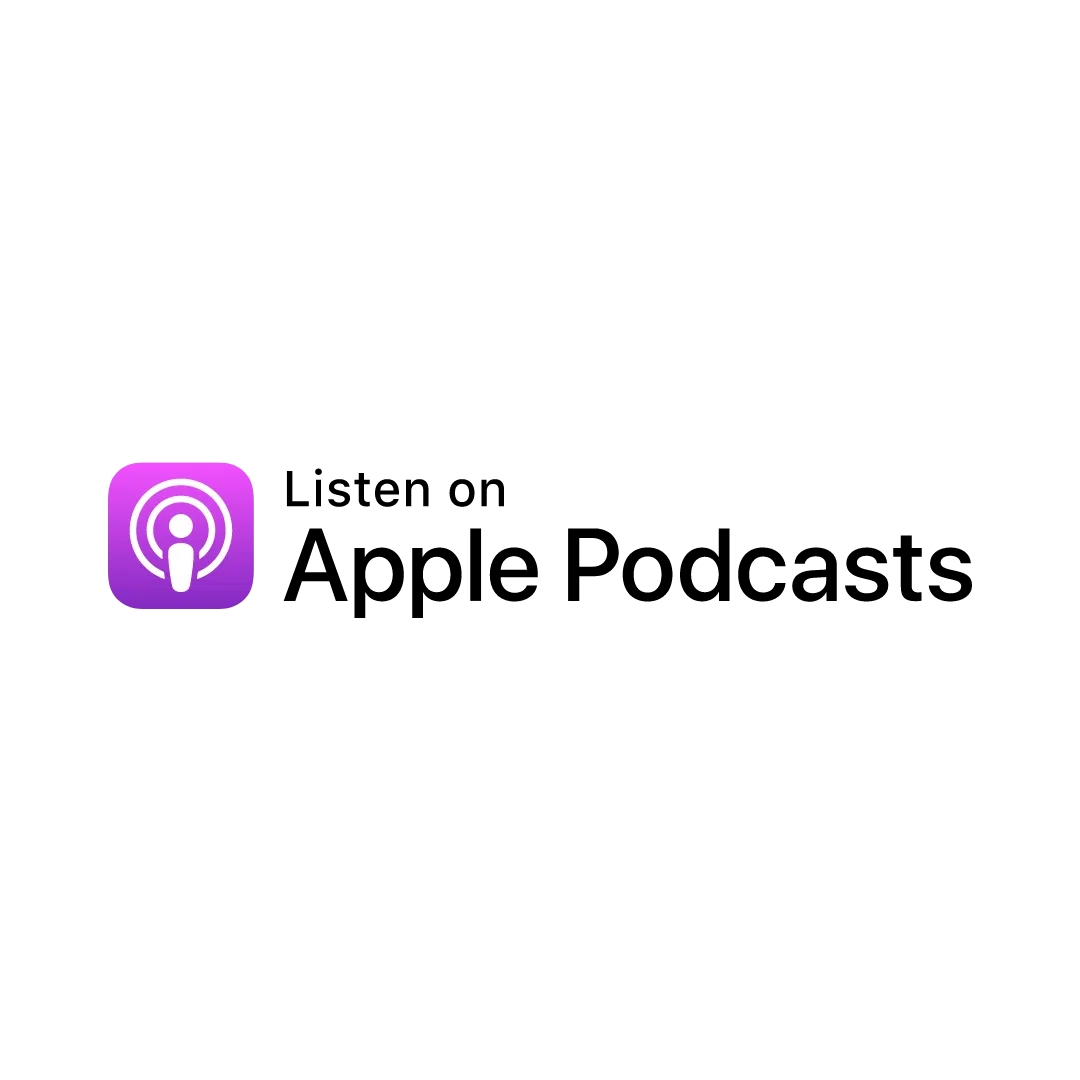
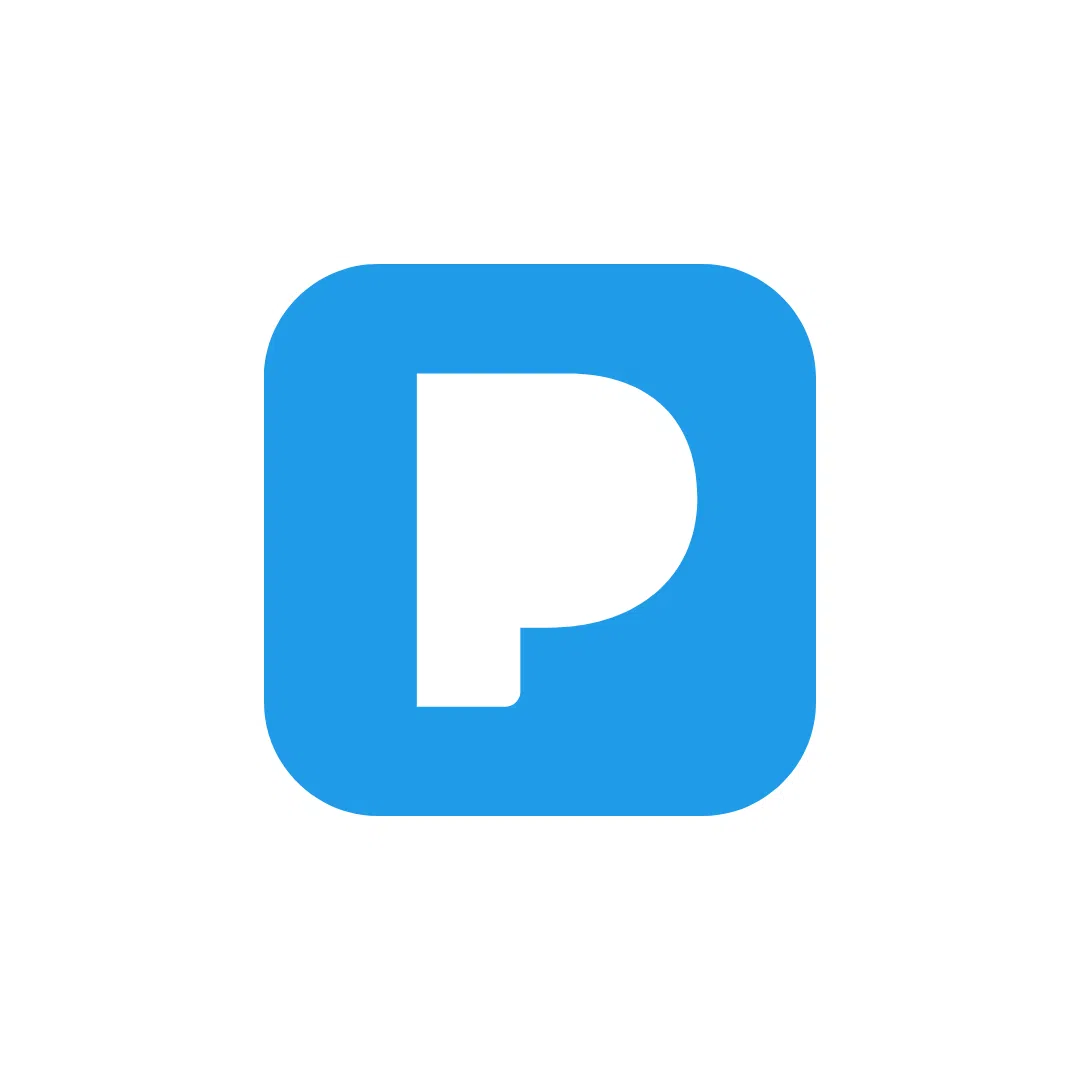
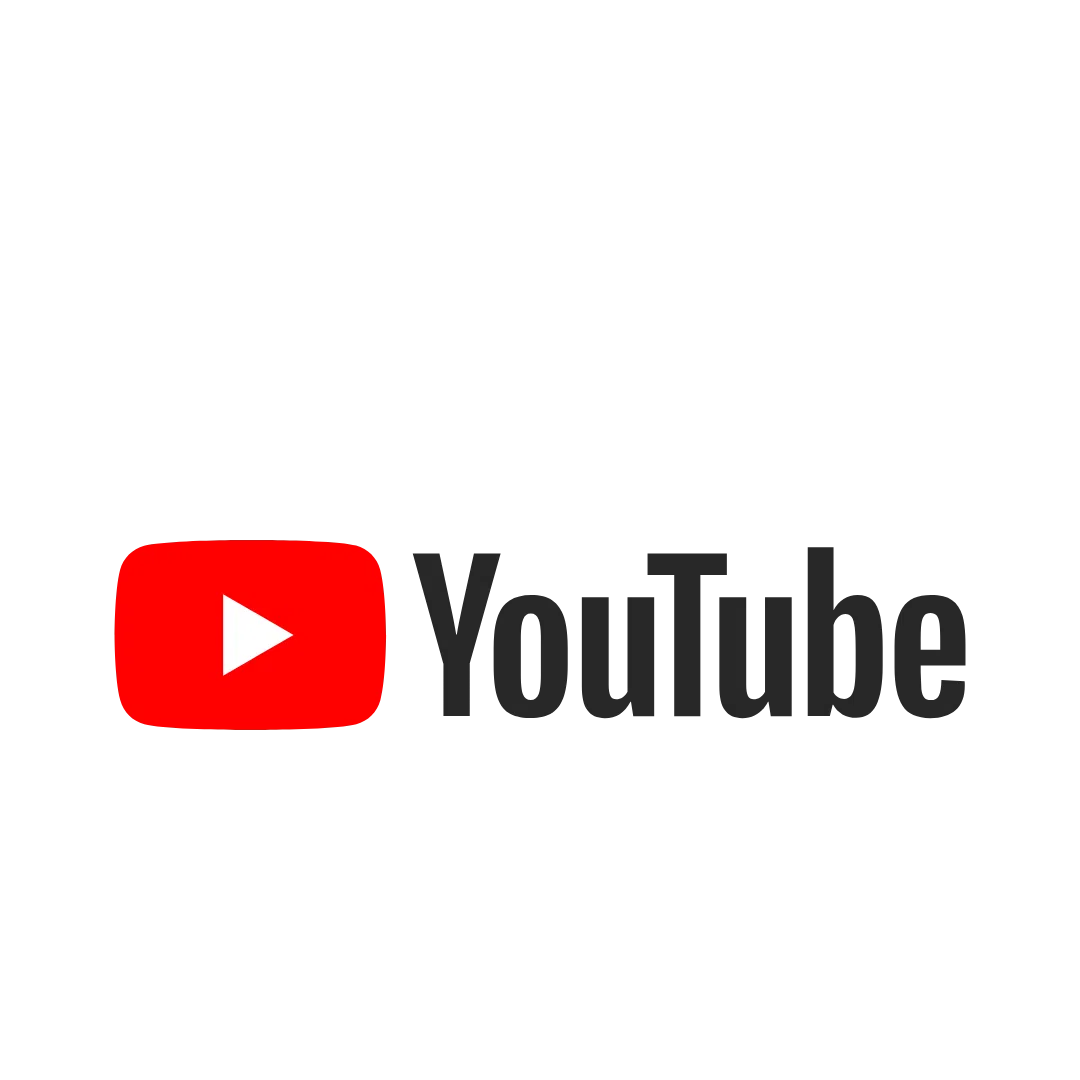

CAROLINE LEWIS CONSULTING
COPYRIGHT © 2020 CAROLINE LEWIS CONSULTING LLC
This site is not a part of the FacebookTM website or FacebookTM Inc.
Additionally, this site is NOT endorsed by FacebookTM in any way.
FACEBOOKTM is a trademark of FACEBOOKTM, Inc.
This page contains affiliate links and I may be compensated if you make a purchase to help grow my business! Thank you for your support.



